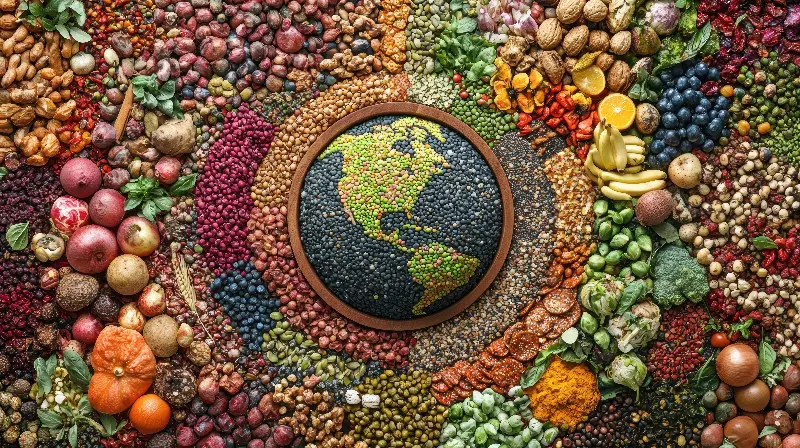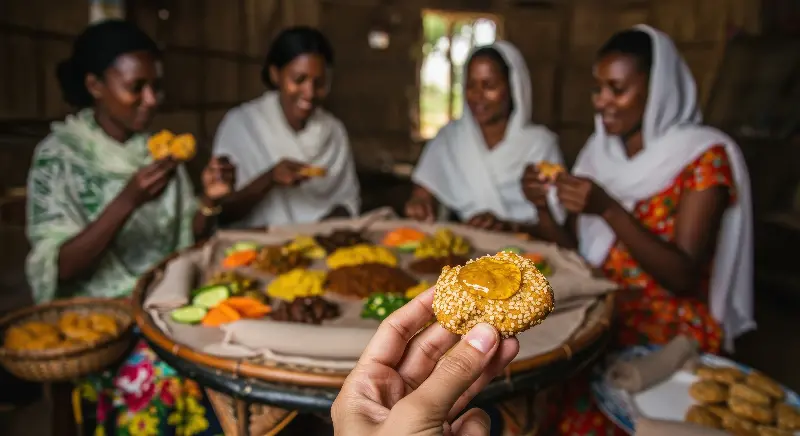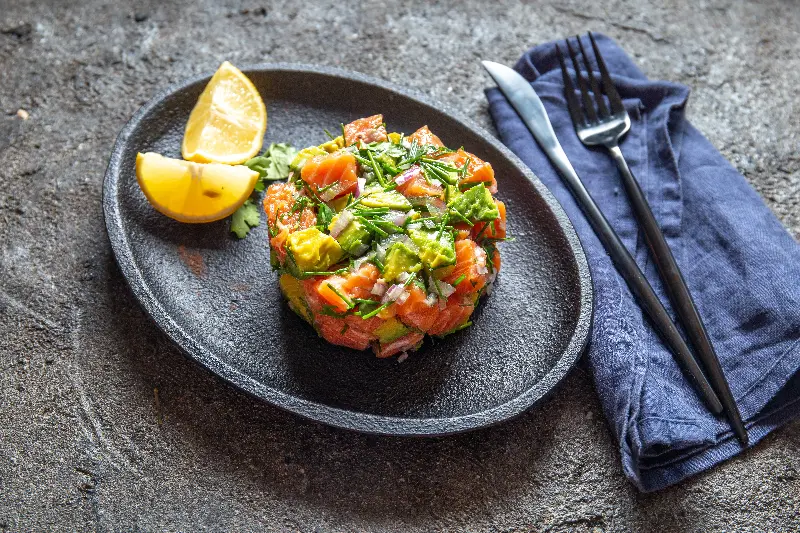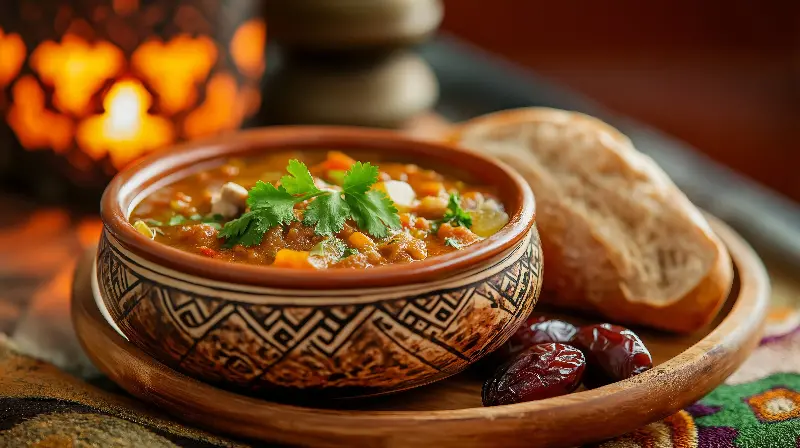Across bustling city streets, remote villages, and sweeping countryside, the food we eat is more than mere sustenance. It is a living record of our histories, our connections, and our creativity. From the fragrant spice markets of Marrakech to the tranquil tea houses of Kyoto, food serves as a universal language that bridges generations and continents. Embark on a journey through this vibrant tapestry, discovering how food and culture are woven together in extraordinary ways.

The Heartbeat Of Tradition: Food As Cultural Identity
When we savour a dish, we taste centuries of innovation, storytelling, and ritual. Family recipes handed down through generations are not simply instructions, but treasured heirlooms connecting people with their roots. In Italy, a single bite of handmade pasta can conjure images of Nonna rolling dough on a sunlit countertop. Meanwhile, a shared meal of injera and spicy wat in Ethiopia is as much about shaping community ties as it is about satisfying hunger.
Traditional dishes are often fiercely guarded and lovingly prepared, a symbolic act of preserving the past. In Japan, the meticulous act of crafting sushi reflects deep respect for nature’s gifts and a harmonious balance of flavour and texture. Similarly, the Mexican tradition of preparing mole involves a symphony of spices, seeds, and local produce—a culinary expression of home, history, and pride.

Ingredients With A Passport: Global Flavours On The Move
One of the most fascinating aspects of culinary culture is the migration of ingredients and techniques across borders. Every continent boasts a rich patchwork of foodways shaped by trade, exploration, and imagination.
Consider the journey of the humble chilli pepper, native to the Americas but now vital in Indian curries, Thai street food, and Sichuan stir-fries. The Portuguese voyages of the 16th century unleashed a tidal wave of global fusion, introducing tomatoes to Europe and potatoes to Asia. Today, ingredients like soy sauce, quinoa, and chocolate are embraced worldwide, transcending their origins and inspiring new culinary creations.
Migration and diaspora communities have further enriched global tables. Vietnamese pho simmers with French colonial influences, while Peruvian-Japanese “Nikkei” cuisine marries sashimi with Amazonian produce. These hybrids are evidence that food evolves right alongside us, adapting to new homes and circumstances yet never losing sight of its heritage.

Celebrations Around The Table: Food And Ritual
Across cultures, food is deeply intertwined with rituals, festivals, and the changing seasons. Culinary traditions guide us through rites of passage, celebrations, and expressions of gratitude.
In China, the Lunar New Year is unimaginable without dumplings, said to bring luck and prosperity. In Morocco, breaking the Ramadan fast with dates and harira soup brings families together in a joyous moment of reflection and connection. During Diwali, Indian homes glow with the aroma of sweets like laddoos and jalebis, celebrating light’s triumph over darkness.
Special occasions often demand elaborate feasts steeped in symbolism. The French fête with bûche de Noël at Christmas, Greeks gather for an Easter lamb roast steeped in lemon and oregano, and American tables overflow with turkey, cranberry, and pie at Thanksgiving. These meals are more than dishes; they are edible stories, sustenance for both body and soul.

The Art Of Eating Together: Social Bonds And Culinary Etiquette
Food is not only about what we eat, but how we eat. Around the globe, meals bring people together—fostering bonds, sparking conversations, and nurturing a sense of belonging. The Spanish tradition of tapas and the Japanese izakaya both encourage sharing, laughter, and leisurely dining. In Ethiopia and Somalia, communal platters encourage a hands-on, intimate approach, reminding us that eating is fundamentally a shared experience.
Manners and customs vary dramatically, revealing the values and priorities of each culture. In some places, it is polite to clear your plate, while in others it is courteous to leave a little food to show abundance. From British afternoon tea etiquette to Middle Eastern hospitality, the rules of the table teach respect, gratitude, and reciprocity.
Modern Influences: Culinary Innovation And Sustainability
Today’s culinary landscape is evolving at a dizzying pace. Urbanisation and technology have shrunk distances, making exotic foods and bold fusions an everyday adventure. Chefs experiment with science and tradition to create unique flavours, like Peru’s ceviche with Asian twists or molecular gastronomy in Spain.
Growing awareness of health, climate, and ethics has fuelled shifts towards plant-based eating, nose-to-tail cooking, and farm-to-table movements. Local sourcing and seasonality are re-emerging as central tenets, honouring both tradition and sustainability. Even as food culture embraces innovation, it remains a powerful connector—uniting us in our hunger for discovery and our respect for the world around us.
The kaleidoscope of global food culture is as complex and colourful as humanity itself. Every dish is a chapter in an ever-unfolding story, inviting us to taste the past, celebrate the present, and imagine the future. Whether gathered round centuries-old recipes or daring new plates, we discover with every bite that food is, above all, a beautiful expression of our shared humanity.
